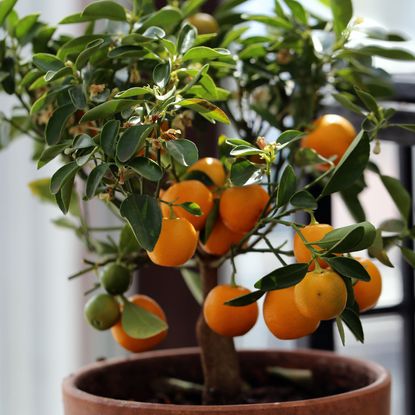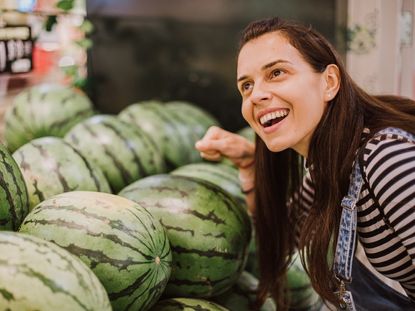Fruits
Most people love fruit but not everyone is confident enough for growing fruits in the garden. Don’t let this deter you. We can help with tips on how to grow fruits and berries of all kinds. Whether a seasoned gardener or just starting out, creating an edible fruit garden is easy. From common types of fruit (strawberries, watermelons, etc.) to tropical fruit tree growing (lemons, kumquats, etc.), there’s something here for everyone. Use our tips on growing fruits in the garden and you'll be on your way to eating home-grown fruit of your very own.
Explore Fruits
Fruits
-
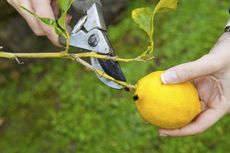
How To Prune A Lemon Tree The Right Way, According To Pros
Learn how to prune a lemon tree and when to do it. It might surprise you to know that a lemon tree needs very little pruning besides maintenance.
By Amy Grant
-
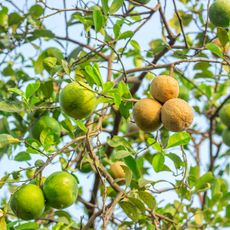
Lemon Tree Problems? Five Common Lemon Tree Diseases To Avoid
Growing citrus trees like lemons can be a delightful way to cultivate years of homegrown fruits – if you protect against key lemon tree diseases. We reveal the key problems to avoid
By Teo Spengler
-
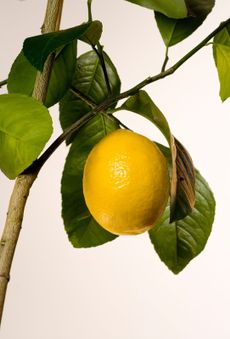
Meyer Lemon Tree: Complete Care And Growing Guide
Growing a Meyer lemon tree can be a heady experience for a gardener. It’s a pleasure to pluck a beautiful tart lemon from a tree that you’ve grown and nurtured in the garden or a container.
By Teo Spengler
-
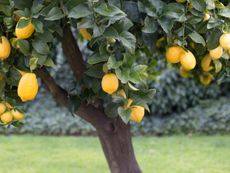
Lemon Tree Care: How To Grow A Lemon Tree
Once you know how to grow a lemon tree you’ll never want to be without one. In the home garden or in a pot, lemon trees are one of life’s delights.
By Nikki Tilley
-
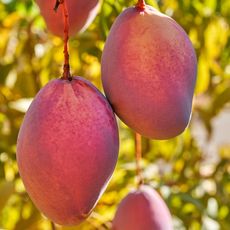
Best Subtropical Fruit Trees: 8 Exotic Fruits To Grow In Your Garden
Many subtropical fruit trees thrive in climates that are a bit cooler than tropical regions, but they require special considerations.
By Tonya Barnett
-
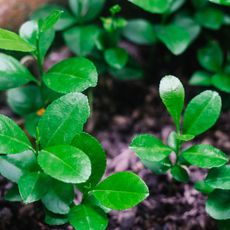
Make More Lemons: How To Grow A Lemon Seed Into A Tree
Keen to extend your citrus season but just as keen to save some cash? We show you how to grow a lemon seed into brand-new fruiting trees for future harvests
By Amy Grant
-
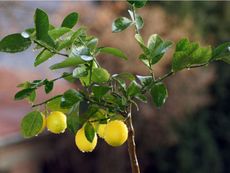
Why Is My Lemon Tree Losing Leaves?
If your prized lemon tree is losing leaves it could be suffering from issues like disease, pests, nutrition or environmental problems.
By Teo Spengler
-
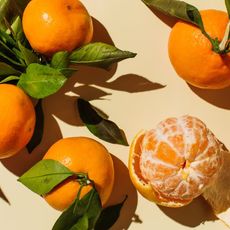
Clementine Trees: Complete Care And Growing Guide
A clementine citrus tree that bears juicy little oranges is one of the sweeter things in life, and fairly easy to grow.
By Amy Grant
-

How To Grow An Indoor Lemon Tree
If your growing region is a cold one, grow an indoor lemon tree. It may not bear fruit, but it can still be a lovely indoor houseplant.
By Teo Spengler
-
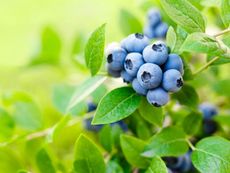
Easy Fruits To Grow For Beginner Gardeners
Easy fruits to grow are the most successful for the beginning fruit gardener. Think easiest berries and dwarf fruit trees.
By Bonnie L. Grant
-

How To Grow Papaya In Pots: Indoor Growing Guide
If you can't grow papayas outdoors where you live, try growing one inside. It can be done!
By Mary Ellen Ellis
-
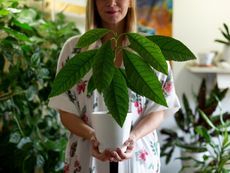
Growing Avocados In Containers and Indoor Avocado Plant Care
Avocado trees grow well indoors in pots. They won't get as big, but they still make great houseplants.
By Bonnie L. Grant
-
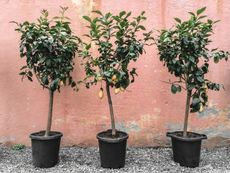
The Best Small Fruit Trees For Home Gardens
Want to grow your own fruit but short on space? There are plenty of small fruit trees that can fit your garden.
By Amy Grant
-
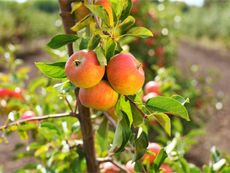
Fast-Growing Fruit Trees For Home Gardens
Some trees are in no hurry to grow fruit, but some do it much faster. Here are the trees that'll get you harvesting the soonest.
By Teo Spengler
-
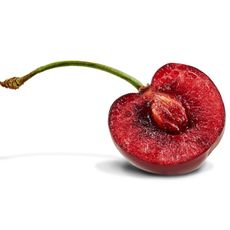
Tips For Planting Cherry Seeds: Can You Grow A Cherry Tree Pit
Planting cherry pits and growing trees isn't just a dream - it's totally doable, and fun! Click here for everything you need to know.
By Amy Grant
-
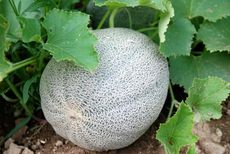
The Right Time To Pick A Cantaloupe - How And When To Pick Cantaloupe
Knowing the right time to pick a cantaloupe can mean the difference between a good crop and a bad one. Follow the tips in this article to harvest the best cantaloupe fruits possible.
By Nikki Tilley
-
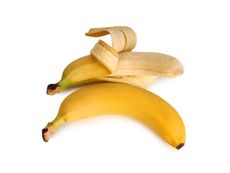
Can You Eat Banana Peels? Edible Uses Of Banana Skin
Can you eat banana peels? Learn how to prepare them for food, fertilizer and even a cleaning compound.
By Bonnie L. Grant
